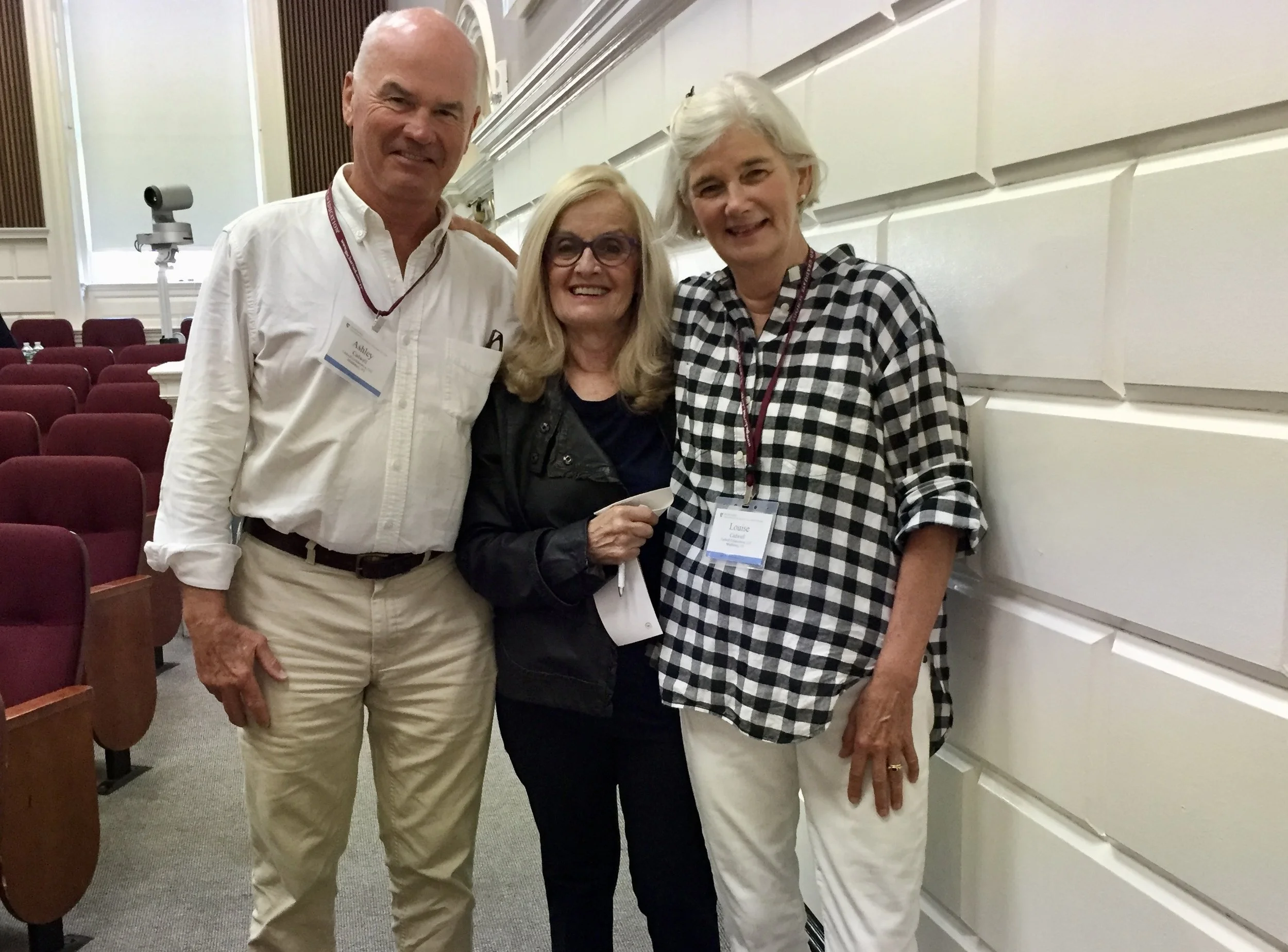The Wonder of Learning exhibit from Reggio Emilia was in Boston from June through November, 2018, and has just departed for Madison, Wisconsin a few weeks ago. It was such a joy to have this exhibit in Boston. The leadership and organizers did an outstanding job generating and coordinating tours, workshops, initiatives, collaborations and conferences. The whole education community of Boston, of Massachusetts, and of wider New England is so grateful to have had the time to visit and revisit, and consider the inspiring and beautiful work from Reggio Emilia over the last six months.
The last professional development day was focused on documentation and was organized for Monday November 12th when teachers had the day off for Veterans Day. Tiziana Filippini was the featured speaker from Reggio Emilia. Mara Krechevsky and Megina Baker from Making Learning Visible project at Project Zero at Harvard presented as well. I was part of a group of educators offering workshops in the afternoon that focused on documentation.
Ashley and I were thrilled to see Tiziana in Boston. We have known her for 28 years and she is a dear friend. She was among the first Reggio educators I met when I attended a conference in Washington D.C. in the fall of 1990 when the exhibit then entitled The Hundred Languages of Children was at the National Children’s Museum. When our family arrived in Reggio Emilia in the fall of 1991, Tiziana was the pedagogista at the Diana School where I spent a good deal of my time that school year. Her daughter, Elisa is the age of our youngest son, Chris. Tiziana’s parents lived in the same apartment complex where we lived close to Scuola Diana. Our sons, Chris and Alden played with Elisa and other children in the courtyard and were treated to snacks by Tiziana’s generous and kind mother.
At the conference on November 12th, Tiziana spoke to us without notes for over an hour. I was spellbound. She began by putting up quotes and images about the foundation of the work in Reggio Emilia. She said that she wanted to make sure that we understood, as much as possible, what they believe about human beings, school, and systems before she could speak to us about documentation. She quoted Jerome Bruner: The choice of one model for the human mind rather than another has political and social relevance. She told us that in Reggio Emilia, they view and build their educational project on the premise that school is a living system that is ecological and systemic…that these parts form an interdependent whole: the “ecology” of the environment, spaces and relationships; family involvement and exchange over long periods; building relationships and involvement with the town of Reggio; the atelier and the 100 languages; life long professional development and collegial work and exchange; and projection, documentation, observation, interpretation and relaunching learning. She said that the curriculum is not just about the disciplines, rather it is an ecological system of knowledge and teaching and learning strategies. She told us that documentation is not an end game…not a follow up of a finished process, but rather an essential practice of learning for every protagonist, the teacher, the child and the parents.
She continued to use the analogy of learning about trees throughout her talk. She referred to the activity of giving children brown paper for the trunk and green for the leaves and telling them how to put a tree together…how to represent a tree. (She had observed this in a school in North America.) She asked us to think about what assumptions we have if we ask children to do this…What is the relationship we hope that they might develop with trees? With the natural world? With knowing trees as living elements as part of our world? With the diversity of kinds of trees? With all parts of trees and the network of relationships with the earth, the sun, the sky, creatures. She told us that we are talking about children’s relationship with the natural world which we hope will be authentic, deep, and beautiful.
When I lived in Reggio Emilia, I followed a long project on plants and trees with the 4-5 year old children, with teachers Paola Strozzi and Marina Mori, atelierista, Vea Vecchi, and pedagogista, Tiziana Filippini. I wrote about this project in chapter three of Bringing Reggio Emilia Home. I lived inside the ecology of the system of school that Tiziana described in her talk and inside the project about the relationships among the children and the trees. I am so grateful for that and for the opportunity to write about it. I am full of gratitude also for the chance to spend time with Tiziana in Boston, and for the community, far and wide, that continues to be inspired and to stretch and learn from the work in Reggio Emilia, Italy.
May we all be grounded in the presence and beauty of learning on this earth alongside children, and may we all continue to reach for the stars.







